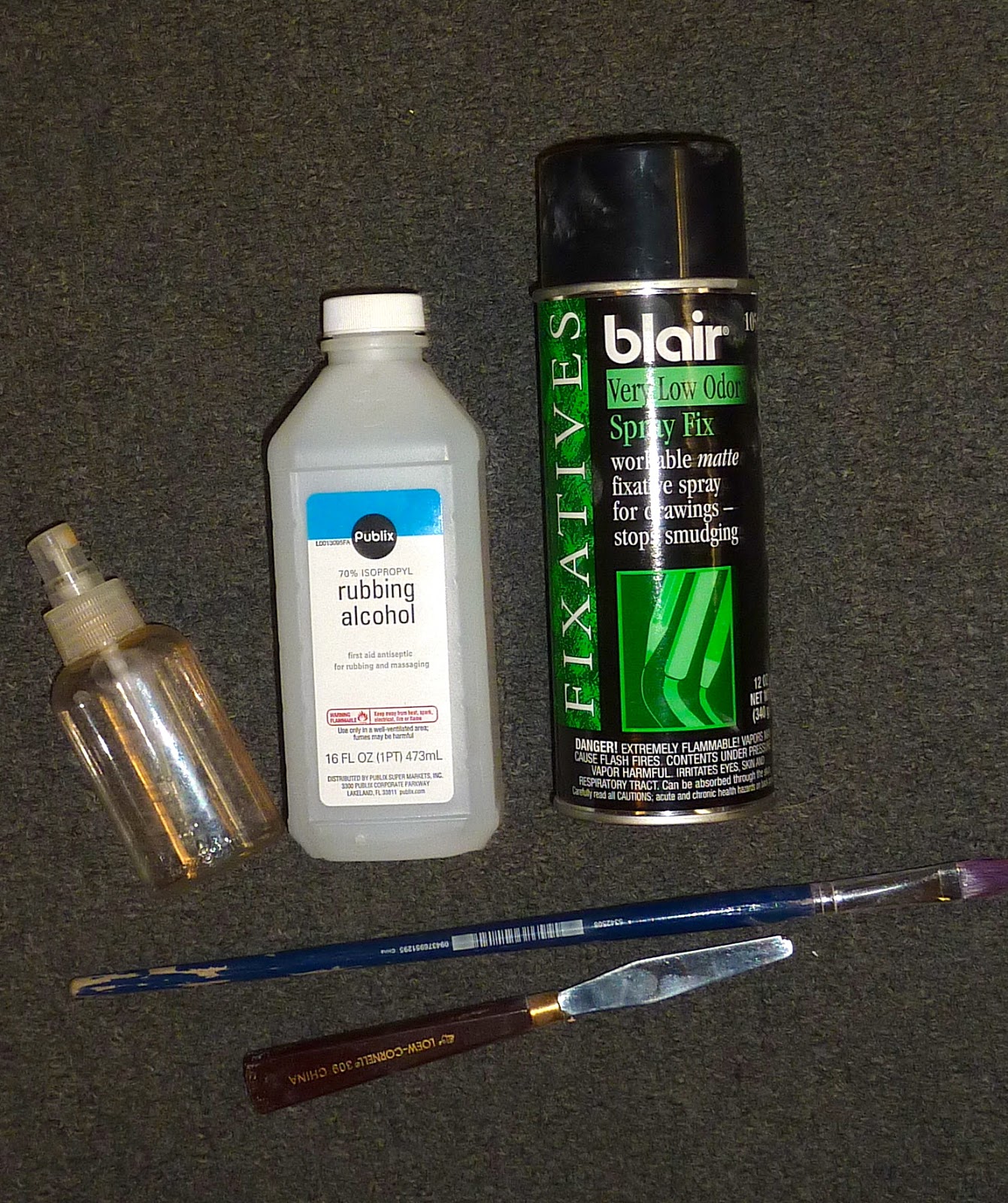 |
| 'Days Gone By' 16x20 pastel ©Karen Margulis sold |
I started this painting a few years ago. I wasn't sure how to finish it and then lost interest in it. So on the shelf it went. I have a stack of unfinished paintings on a shelf still attached to foam core. Every once in awhile I pull one out and revisit it. This is probably my oldest unfinished painting... started during my first year with pastels. I was in my Florida phase. I only painted beaches, shells and shore birds.
Since we are working on water in class this week I decided to revisit this Florida scene. This old fishing shack was quite rustic and rickety but the view was amazing. I had started the painting with an alcohol wash. (see below) The reference photo had faded but I still remembered the vibrant colors of this wonderful place. The painting is 16x20 on white Wallis paper.
 |
| Where I left off 8 years ago. |
I began by reinforcing all of the dark shapes with a deep blue, dark red and dark green. I put in my most intense color which was a bright coral. Next I worked on the sky. I started at the top of the paper and put down some cool deep blue and gradually used warmer and lighter blues and yellows. I let the pastels blend themselves...no finger blending.
I continue with a cool green for the distant land and put in the first layer of water. I use a rich middle dark value blue. I will layer more blues in the water but I put in my darkest color first.
The last thing I did was to paint the shadow and dock. It was an old uneven concrete dock. I then finished the shack with some blues and peaches. I stood back and decided that I needed a warmer color at the horizon so I scumbled some pastel peach over the yellow sky.
I sure is fun to revist an old unfinished painting. It is the perfect opportunity to play without worrying about the results!
















































